
Moisture uptake during the end-to-end manufacturing process and supply chain can affect product quality. Simulation tools based on mechanistic models help define storage and handling requirements for oral solid-dosage drugs.

Moisture uptake during the end-to-end manufacturing process and supply chain can affect product quality. Simulation tools based on mechanistic models help define storage and handling requirements for oral solid-dosage drugs.

Advances in materials and equipment for pharmaceutical blister packaging protect quality and enhance shelf life.

Siegfried Schmitt, PhD, principal consultant, PAREXEL, discusses how to handle audits and inspections during business expansion.

The Ross SysCon control panels can now be supplied with a fully automatic Type X Purge System, which forces clean air through the enclosure until all hazardous gases are removed.

The Thermo Scientific Decapper 500 and 550 series tube capping systems are fully automated capping systems for use in medium- to high-throughput biotech, pharmaceutical, and clinical laboratories doing compound storage, high-throughput screening, biobanking, and genomic storage.

The new patent-pending PolarDry Electrostatic Spray Dryer from Fluid Air, a division of Spraying Systems Co., uses electrostatic technology, rather than heated drying gas, for microencapsulation.
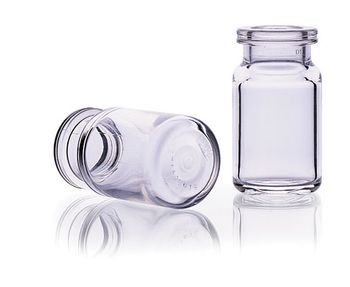
The DualFUSION vials from Wheaton for the storage of lyophilized materials are engineered using a plasma enhanced chemical vapor deposition technology to fuse an organosilicate protective layer with silica-like barrier layer, and then fuses that inner material to a cyclic olefin polymer outer shell.

Robust venture capital investment gives CDMOs and CROs a positive outlook for 2017.

FDA plans to advance initiatives for ensuring reliable production of drugs and biologics in 2017.
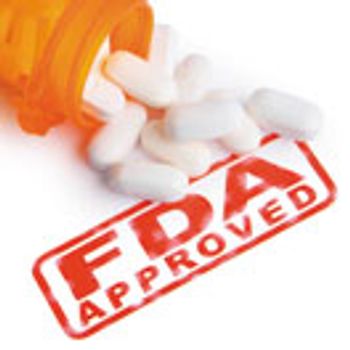
As of mid-December, less than half the number of new drug approvals were issued by FDA in 2016 compared with 2015.

Translating campaign promises to predictions for bio/pharma is difficult, but optimism prevails.

Healthcare policies, R&D investments, and drug approvals will test bio/pharma.

Estimates that global medicine spending will reach nearly $1.5 trillion by 2021 and the types of therapies and use of innovator versus generic drugs, will vary by region.
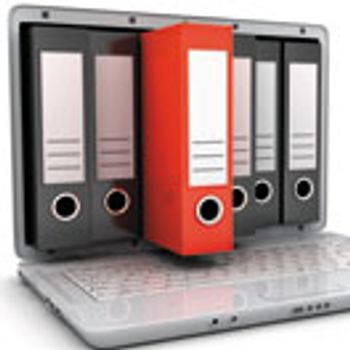
A four-stage process to successfully make the switch from paper to electronic batch records is presented.

The authors describe the development and validation of a highly sensitive point-of-use pressure decay test.
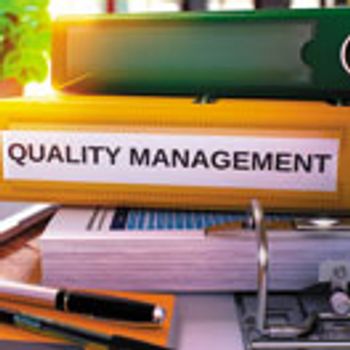
As pharmaceutical quality metrics evolve, they will need to incorporate more of the principles of operational excellence, says consultant Prabir Basu.

Analytical technologies play a key role in the characterization and quantitation of oligonucleotide therapeutics.

The authors present a set of statistical decision rules based on linear regression models that can be implemented in an automated trend system to assist stability studies.

As Europe’s bio/pharma market learns that breaking up is hard to do, it also must address productivity, regulatory, and drug pricing challenges.

Click the title above to open the Pharmaceutical Technology January 2017 issue in an interactive PDF format.
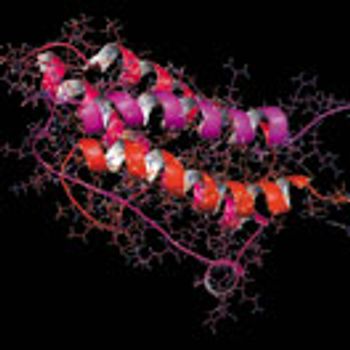
Isothermal titration calorimetry and differential scanning calorimetry are valuable tools that can help accelerate drug development.